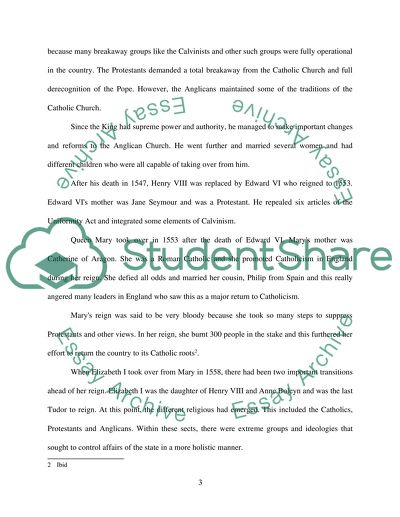Cite this document
(“Historical Analysis of the Gunpowder Plot of 1605 Research Paper”, n.d.)
Retrieved from https://studentshare.org/history/1402335-the-gunpowder-plot-of
Retrieved from https://studentshare.org/history/1402335-the-gunpowder-plot-of
(Historical Analysis of the Gunpowder Plot of 1605 Research Paper)
https://studentshare.org/history/1402335-the-gunpowder-plot-of.
https://studentshare.org/history/1402335-the-gunpowder-plot-of.
“Historical Analysis of the Gunpowder Plot of 1605 Research Paper”, n.d. https://studentshare.org/history/1402335-the-gunpowder-plot-of.


